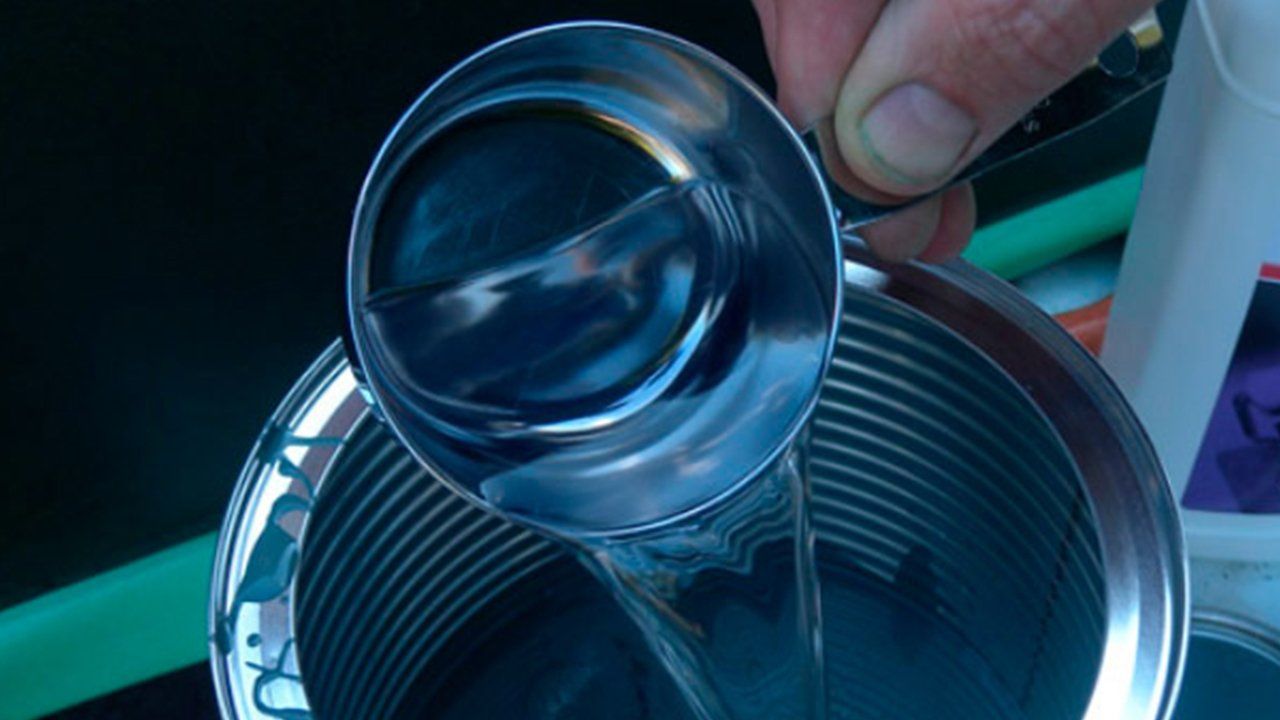Mineral Spirits vs Paint Thinner
To clarify, paint thinner is simply an overall term for any solvent that is used to thin paint or to remove paint from brushes, rollers, and other painting tools. Examples of paint thinners include turpentine, acetone, naphtha, toluene, and, of course, mineral
spirits. Mineral spirits stand apart from many other paint thinners in terms of its toxicity and ease of handling.
Know the Difference
Mineral spirits are simply a type of paint thinner, mineral spirits paint thinner has characteristics that distinguish it from other products such as turpentine or acetone. Unfortunately paint thinner is used on labels that are referring to mineral spirits in a less refined form.
What is Mineral Spirits?
Mineral spirits is a heavily refined distillation of petroleum that is used to thin oil-based paints and to clean brushes and rollers.
The Pros: Mineral spirits are less toxic than other paint thinners. In general, mineral spirits are less smelly than alternative products, and an odorless version is available, as well. Paint thinned with mineral spirits dries to a smoother, more even finish.
The Cons: Mineral spirits is often more expensive than alternative paint thinners. Mineral spirits are not suitable for use with latex paint. While not as abrasive as some cleaners, mineral spirits are a mild irritant.
What is Paint Thinner?
Paint thinners are solvents used to thin oil-based paint and to clean brushes and other painting tools. Turpentine is distilled from the resin of trees, mainly pine. Acetone is an organic chemical, while naphtha is a hydrocarbon mixture. So what is a can labeled “Paint Thinner”. This is where we are being confused by the vendors. “Paint Thinner” is mineral spirits, but in a less refined form. It contains other types of solvents, which makes it a lot smellier and more volatile. Mineral spirits are not as stinky.
The Pros: Non-mineral spirits paint thinners tend to be cheaper than mineral spirits. Paint thinners such as turpentine have stronger solvency than mineral spirits Turpentine will remove dried paint, whereas mineral spirits removes only wet paint
The Cons: Paint thinners have very strong fumes and should be used in well-ventilated areas. Many paint thinners are highly flammable. It can be a hassle to properly dispose of paint thinners.
Mineral spirits are less toxic
Mineral spirits are heavily refined during production to reduce toxic volatile organic compounds (VOCs) and sulfur. In the case of odor-free mineral spirits, which are readily available in home centers, these toxic compounds have been completely eliminated! These solvents allow homeowners with kids or pets to rest easy, knowing they aren’t introducing as many harmful pollutants into the home during paint projects. Many other paint thinners, on the other hand, are minimally refined during production, resulting in a solvent that retains most of its original toxic VOCs like toluene and benzene.
Mineral spirits are less smelly
While mineral spirits and other paint thinners all emit an unpleasant kerosene-like odor due to the VOCs they contain, the lower VOC content in mineral spirits means its odor is less potent (or nonexistent in the case of odor-free mineral spirits). Meanwhile, other paint thinners come with a more noxious odor that takes a while to air out. Smelly or not, do-it-yourselfers should wear a respirator and work in a well-ventilated area when handling any solvent since fumes can negatively affect respiratory health if inhaled in high enough concentrations.
Paint thinner is cheaper.
A gallon of mineral spirits goes for $10 on average, and odor-free mineral spirits costs on the order of $15 per gallon—nearly double the cost of many paint thinners at $8 per gallon. Mineral spirits require extra energy to purify and achieve a more refined content, accounting for its higher average cost. Meanwhile, the less labor-intensive production process for other paint thinners turns out a less-refined composition at a lower cost. Now that cost differential may seem significant at first blush, but it’s minimal in the scheme of things.
Any type of paint thinner can be used to dissolve paint from brushes or rollers or too thin overly viscous paint. But here, too, mineral spirits is more desirable. It boasts a slower rate of evaporation, and paint thinned with mineral spirits dries into a slightly smoother, more level coat on surfaces than paint thinned with faster-evaporating paint thinner.
Mineral spirits is a heavily refined distillation of petroleum that is used to thin oil-based paints and to clean brushes and rollers.
Chris Berry - The Idaho Painter




